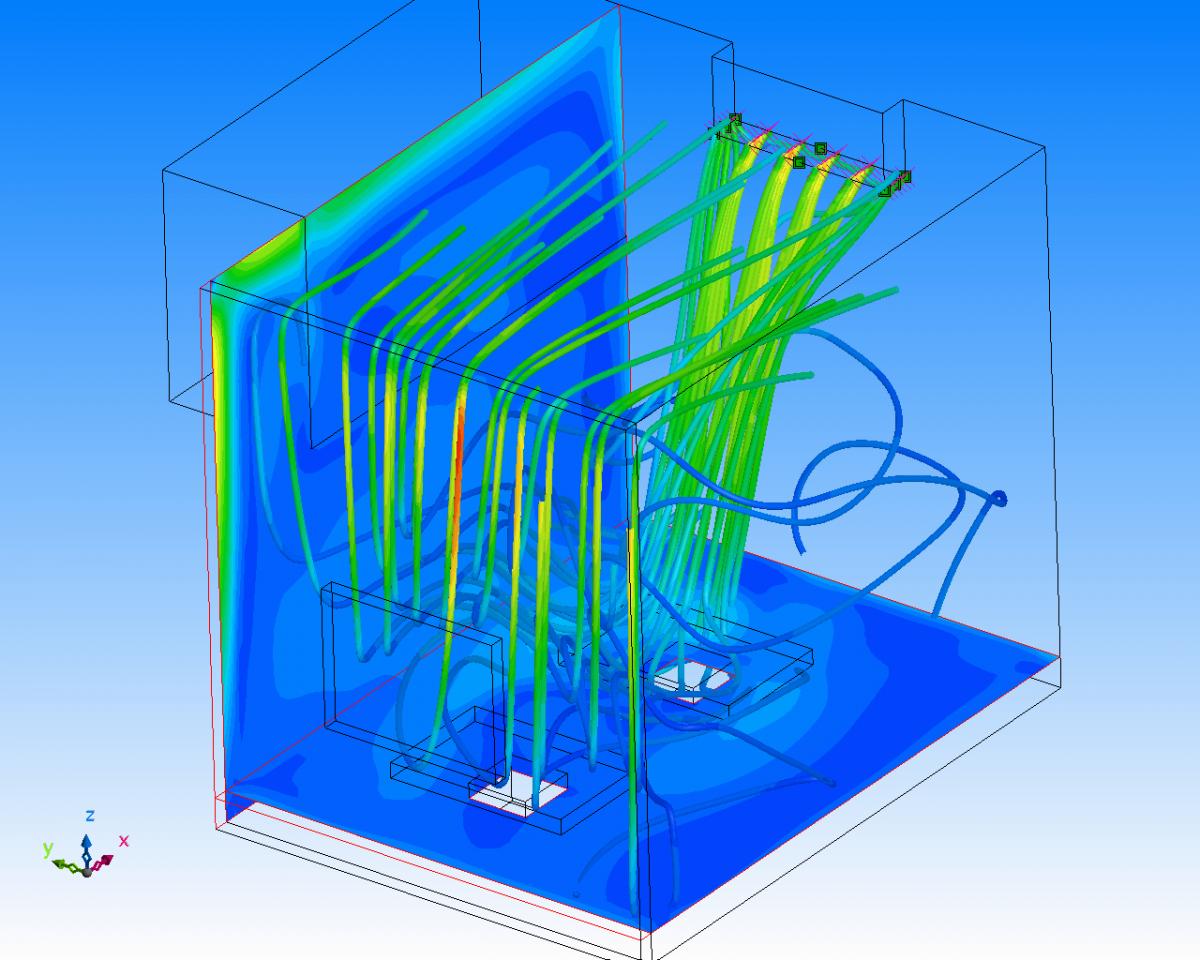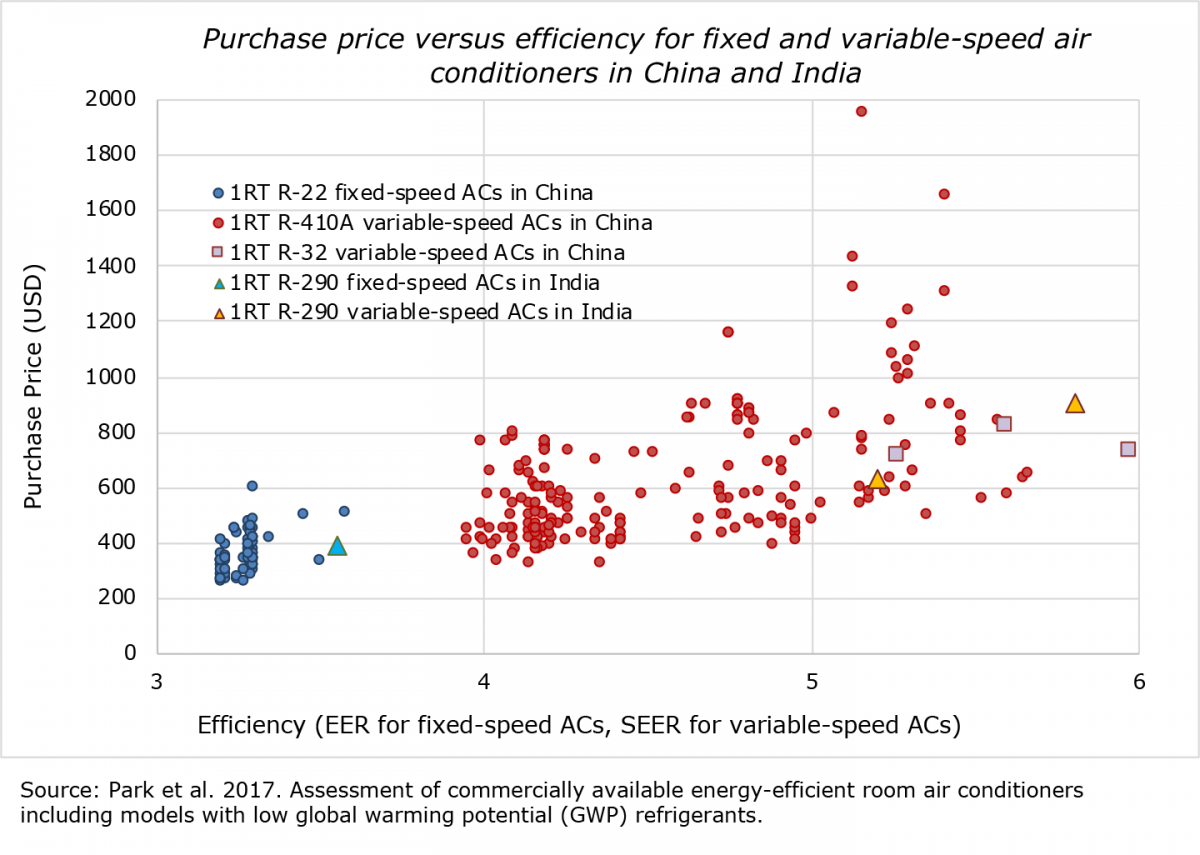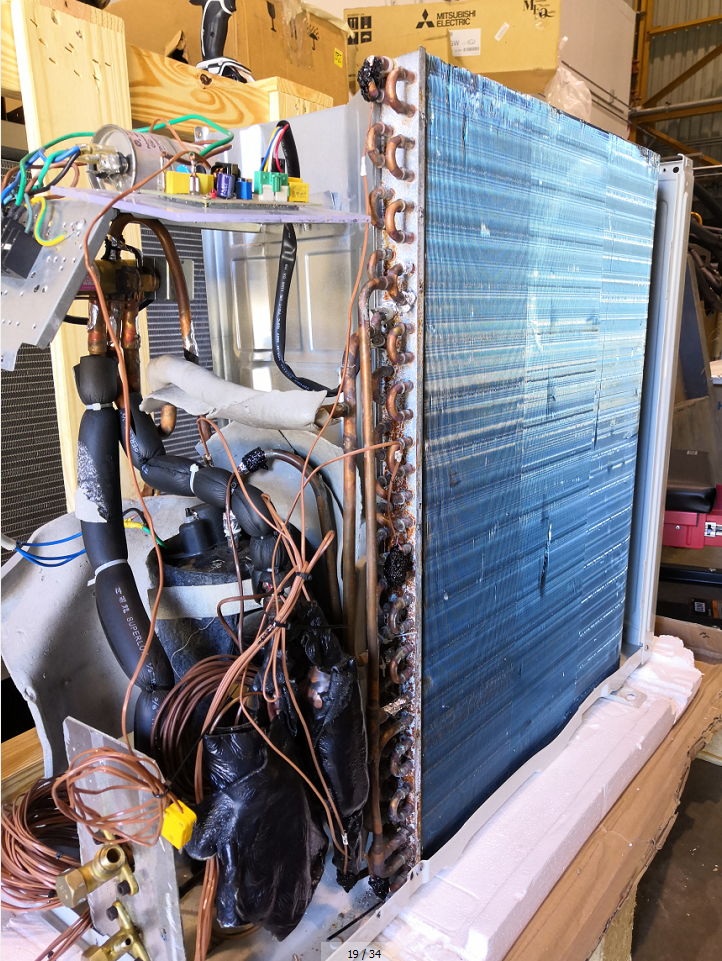Cooling Equipment Design
Cooling Equipment Design
The heating, ventilation, air conditioning, and refrigeration (HVAC&R) industry is currently undergoing a transition as it phases out hydrofluorocarbon (HFC) working fluids, and continues to incorporate environmentally friendly refrigerants. Notably, the Kigali Amendment to the Montreal Protocol, with the support from more than 180 countries, aims to reduce the use of HFC refrigerants by 80% in the next 30 years. The phasedown of high global warming potential (GWP) refrigerants under the Kigali Amendment is estimated to prevent up to 0.4 °C of global average temperature rise by 2100.
The Kigali Amendment primarily focuses on reducing the impact of direct HFC refrigerant emissions. However, to truly mitigate the impact of refrigerants on the environment, the indirect emissions due to the energy consumption, manufacturing and disposal of HVAC&R equipment must also be reduced. The transition to new low GWP refrigerants requires a redesign of the existing HVAC&R equipment and therefore, also offers a unique opportunity to reduce indirect emissions by incorporating energy efficient equipment. Such efficiency improvement could more than double the direct and indirect emission benefits of the Kigali Amendment.
There is a small window of opportunity up to 2023 to take advantage of this disruptive moment to transform the global cooling market toward higher energy efficiency during the refrigerant transition. This is because many developed countries have already begun to reduce their HFC consumption as a result of the Kigali Amendment, and will progressively be phasing it down further by 2024. Emerging economies will also begin their phasedown with a first freeze date in 2024.
A survey of the global market reveals that high efficiency air-conditioners (AC) with low-GWP refrigerants are already commercially available on the market. However, the cost of these ACs is over three times as high as the market average. Price sensitive consumers, particularly from the emerging economies in the tropics and subtropics where nearly 70% of the projected growth in cooling demand is expected to occur, typically prefer to buy the less-efficient and high-GWP refrigerant ACs due to the lower cost. Generally, small- and medium-sized AC manufacturers around the world lack the technical capabilities to design affordable, energy-efficient, and next generation refrigerant ACs.
In collaboration with various local and global manufacturing partners, the Global Cooling Program is working on developing efficient, affordable, environmentally-friendly AC prototypes, while also building the R&D capacity of small- and medium-sized AC manufacturers to design, manufacture and deploy these systems. While this effort is currently focused on AC equipment, Berkeley Lab plans to expand its effort to include other types of cooling equipment as well.
Room AC prices versus efficiency

Our program conducts experimental and analytical research related to vapor compression AC systems. An understanding of the underlying thermal and mass transport phenomena is used to leve rage efficiency enhancements, while still minimizing the cost of these systems. We use a combination of industry-standard software and in-house design tools to conduct heat exchanger thermal simulations and component-level optimization. Computational fluid dynamics (CFD) is used to optimize critical components to maximize heat transfer and minimize power consumption. In conjunction, we conduct risk assessment studies to determine how to safely incorporate some of the flammable low GWP refrigerants.
rage efficiency enhancements, while still minimizing the cost of these systems. We use a combination of industry-standard software and in-house design tools to conduct heat exchanger thermal simulations and component-level optimization. Computational fluid dynamics (CFD) is used to optimize critical components to maximize heat transfer and minimize power consumption. In conjunction, we conduct risk assessment studies to determine how to safely incorporate some of the flammable low GWP refrigerants.
Current Research Areas:
- Vapor Compression Systems and Components
- Optimal Heat Exchanger Design
- Fan Blade Design
- Separate Sensible and Latent Cooling
- Flammable Refrigerant Leak Risk Assessment
- Flame Radiation and Fire Simulation
- Airflow Distribution Modelling
- Anti-Corrosion Technology